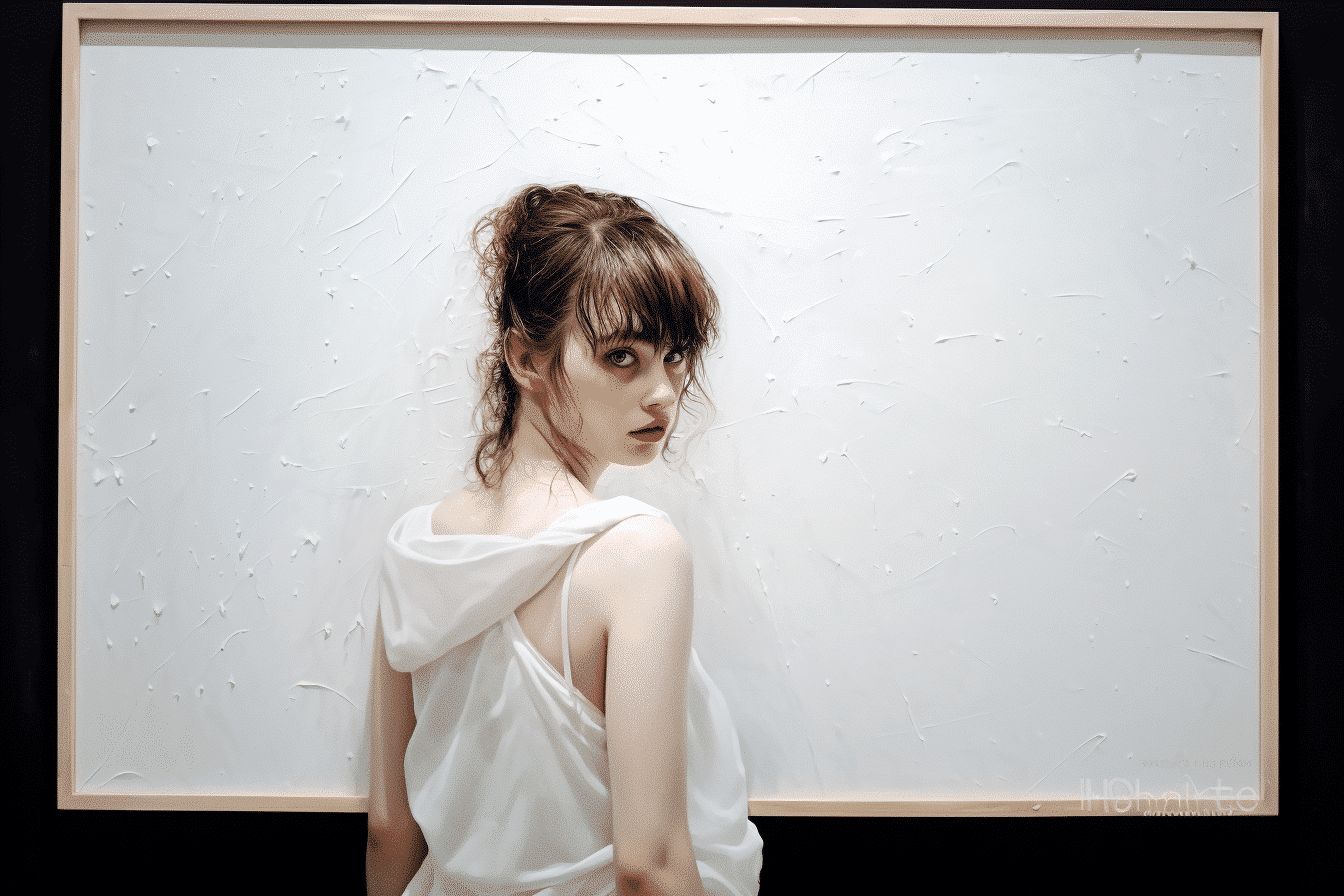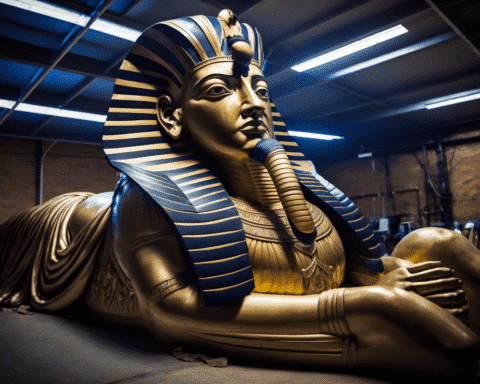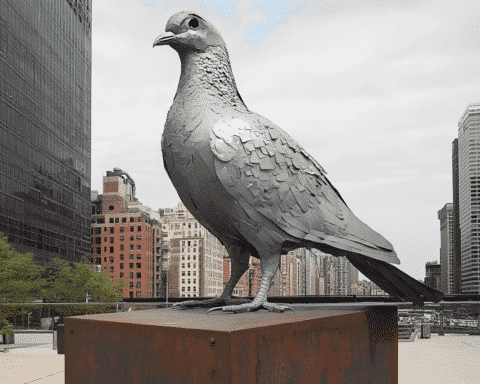The Kunsten Museum of Modern Art in Aalborg, Denmark, had provided Jens Haaning with 530,000 Danish krone (approximately $76,000) expecting him to produce revised versions of two of his former artworks. Instead, he presented the museum with two blank frames titled “Take the Money and Run.” After nearly two years of legal wrangling, a Copenhagen court decided that Haaning must give back most of the money.
In 2021, Haaning was commissioned to rework two pieces, both of which had banknotes showcasing the average annual incomes of a Dane and an Austrian, for a labor-focused exhibit. He claimed his new “empty” pieces fit the exhibition’s theme more, emphasizing his perspective on wage discrepancies.
The artist defended his move, explaining that it was a form of art that provoked thought about societal norms and constructs. He noted to CNN, “From my artistic perspective, I’ve offered them something superior to the original plan. In what way is this problematic?”
The Kunsten Museum showcased Haaning’s unconventional pieces, accompanied by his explanatory email.
This artistic approach isn’t new, pushing the boundaries of art’s value. Famously, Maurizio Cattelan taped a banana on a wall and Banksy destroyed a painting during an auction. Back in 1958, Yves Klein showcased an empty room to the public. Nevertheless, the Copenhagen City Court sided against Haaning. They dictated that he must repay the borrowed sum, deducting only 40,000 krone ($5,730) for artist and exhibition fees.
The court ruled that Haaning’s “Take the Money and Run” did not meet the criteria in his contract with the museum, as he was expected to deliver different pieces. A counter-claim from Haaning, stating that the museum breached the artwork’s copyright, was rejected. Additionally, the artist was instructed to bear the legal expenses.
Post the court’s judgment, Lasse Andersson, Kunsten’s director, indicated that they would await any potential appeal from Haaning before making further comments. Haaning has yet to comment on the matter.
During the “Work it Out” exhibition, from September 2021 to January 2022, the museum displayed Haaning’s controversial artwork. Andersson had previously highlighted the thought-provoking nature of the piece, asking about societal perceptions regarding work and compensation.
Andersson maintained that the museum always upheld its contracts and compensated artists fairly. Haaning, on the other hand, believed that the sum the museum gave barely covered his overheads, such as studio operations and staff wages.
The case between Jens Haaning and the Kunsten Museum reignites the age-old debate about art’s true nature and value. As the art world evolves, it challenges its patrons and legal systems to redefine and understand its boundaries. Whether or not Haaning’s “Take the Money and Run” is deemed revolutionary or a breach of contract, it has undoubtedly etched its place in contemporary art history, prompting discourse on the intersections of art, commerce, and ethics.




